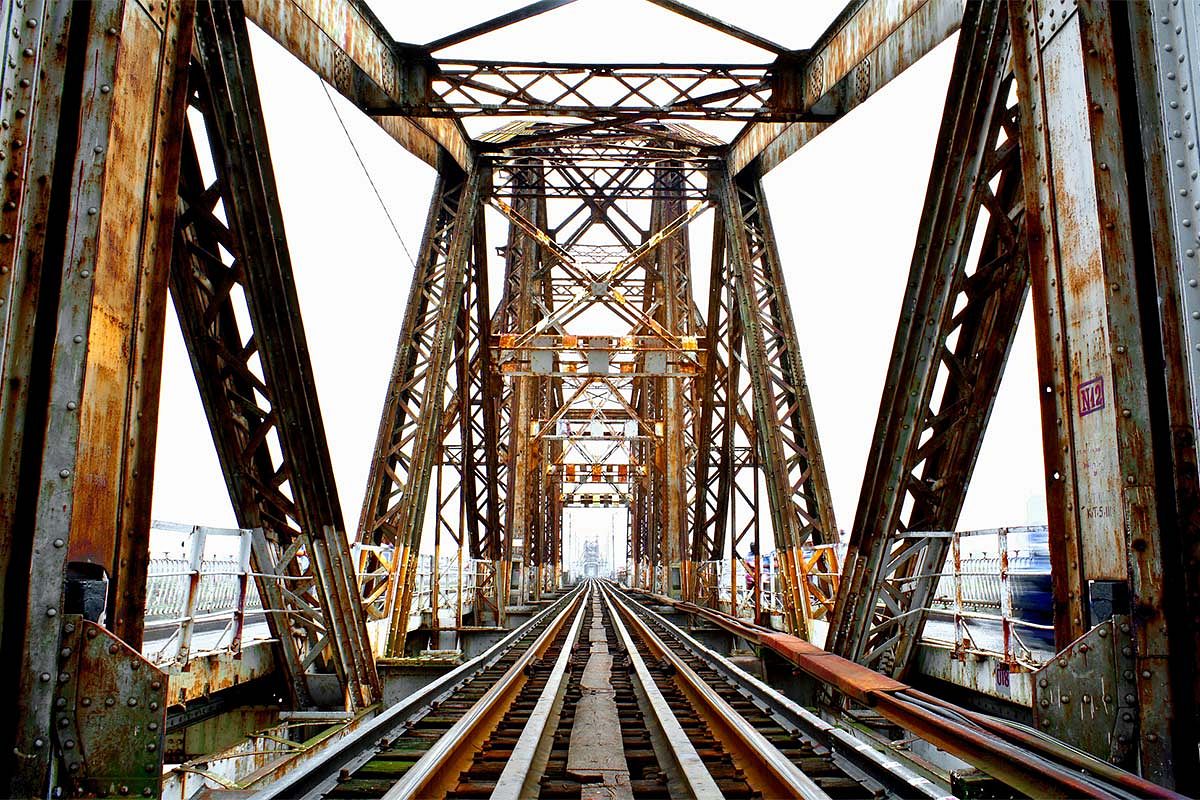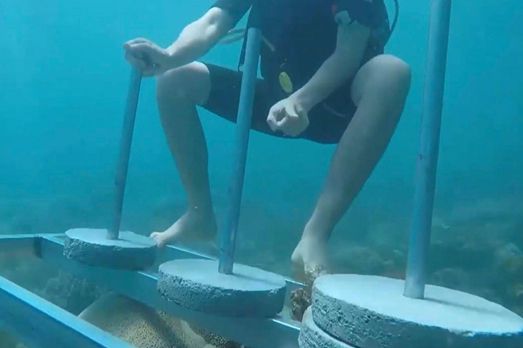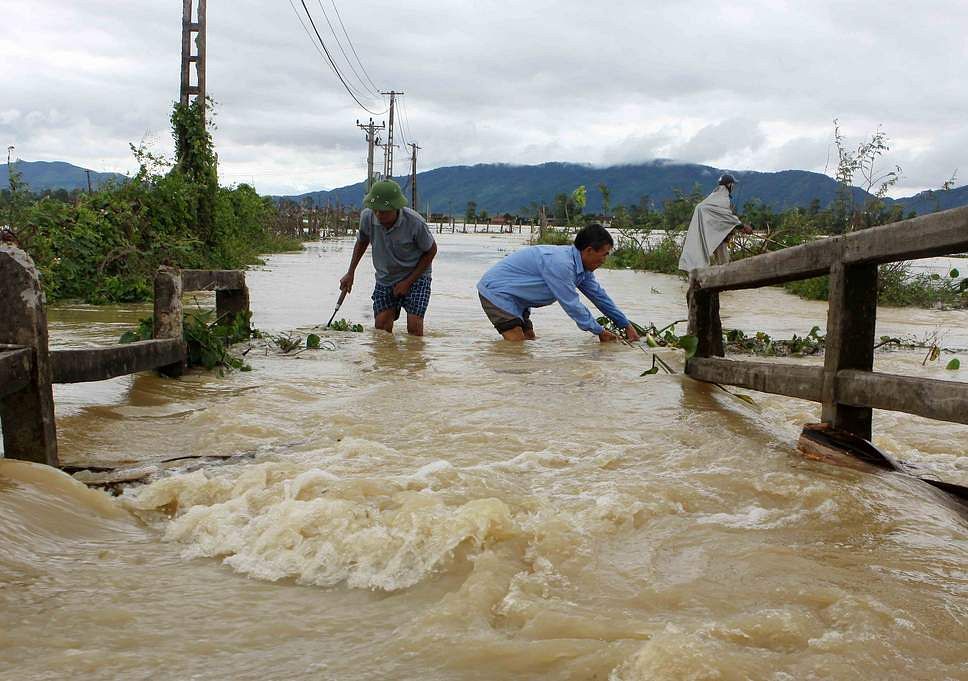When finished, the relocation will be the biggest migration in the history of the Hue Imperial City.
According to Tuoi Tre, 4,200 households with approximately 20,000 residents currently living inside Hue Imperial City will be relocated starting from 2019 as part of the preservation and renovation project of the historic site. Most of the residents are working class and blue-collar workers who have been living in makeshift houses and poor conditions for 50 to 70 years. To make things worse, renovation to these houses is not allowed due to the area being a historic site.
"I was very happy when I heard that we and other households will be relocated to another area. I hope the authorities can finish the relocation early so that our lives can be improved. It's what generations of temporary residents here have been wishing for," said Nguyen Van To.
However, many are still unsure whether the relocation and the compensation policy would be sufficient to improve their current condition.
"I support the relocation but the government should have some initiatives to help locals like me [in] getting a job at the new place. Not to mention the difficulty of continuing our children's education," shared resident Nguyen Van Hong.
The relocation will be carried out in two phases: the first phase falls between 2019 and 2021, followed by the second phase, which will last from 2021 to 2025.
The cost of compensation and site clearance is VND2.8 trillion (US$120.6 million), which will be funded by the national budget. Thua Thien-Hue authorities will spend VND1.36 trillion (US$58.6 million) on building new houses for the relocated residents.
According to Director of the Hue Monuments Conservation Centre Phan Thanh Hai, the province will allocate one-third of the revenue gained from ticket fees for the relocation project.
The resettlement area will be a 73-hectare area located in Huong So Ward. The construction will start in early 2019 and residents can move in once it finishes.
[Photo via Tuoi Tre]














